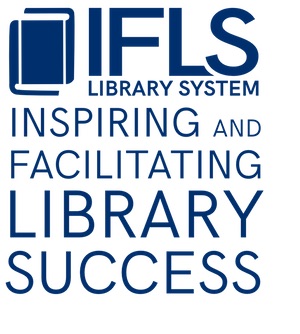Approved by MORE Directors Council, September 16, 2022; effective October 17, 2022
Use these guidelines as part of the Damaged Items Procedure to determine whether an item’s damage is potentially chargeable, or not chargeable. If damage qualifies as “not chargeable,” no MORE-member library may charge any amount to any party for this damage.
Printable guidelines (PDF)
New Items
10 circs or fewer: item’s TOT CHKOUT value is 1-10
|
Old Items
11 circs or more: item’s TOT CHKOUT value is 11+
OR
item is 3 years old or more: item’s Created date is 3 years or more in the past
|
- Mold
- Suspected biological matter/food
- Chew marks
|
|
Potentially chargeable
- Contact the owning library for permission to discard. Do not send moldy items via courier
- Owning library may bill and makes a collection-related decision. MORE recommends weeding these items
|
|
- Mold
- Suspected biological matter/food
- Chew marks
|
|
Potentially chargeable
- Contact the owning library for permission to discard. Do not send moldy items via courier
- Owning library may bill and makes a collection-related decision. MORE recommends weeding these items
|
|
- Water damage
- Colored liquid
- Stains
|
|
Potentially chargeable
- Complete a Damaged Item Form and route to owning library OR contact owning library’s Damaged Item Contact
- Owning library may bill and makes a collection-related decision.
|
|
- Water damage
- Colored liquid
- Stains
|
|
Not chargeable
- No charge to patron
- Continue to circulate if condition allows OR Complete a Damaged Item Form and route to owning library OR contact owning library’s Damaged Item Contact
- Owning library makes a collection-related decision
|
|
- Torn pages, 2″ inches or more
- Writing
- Non-functioning items
- Library Labels (barcodes, RFID tags, spine labels, etc.)
- Disc broken
- Locking Case Damage
|
|
Potentially chargeable
- Complete a Damaged Item Form and route to owning library OR contact owning library’s Damaged Item Contact
- Owning library may bill and makes a collection-related decision.
|
|
- Torn pages, 2″ inches or more
- Writing
- Non-functioning items
- Library Labels (barcodes, RFID tags, spine labels, etc.)
- Locking Case Damage
|
|
Potentially chargeable
- Complete a Damaged Item Form and route to owning library OR contact owning library’s Damaged Item Contact
- Owning library may bill and makes a collection-related decision.
|
|
- Binding
- Torn pages, 2″ inches or less
- Disc damage (scratches, etc)
- Non-locking case damage
|
|
Not chargeable
- No charge to patron
- Complete a Damaged Item Form and route to owning library OR contact owning library’s Damaged Item Contact
- Owning library makes a collection-related decision. MORE recommends weeding if cracked hub or scratches cannot be repaired
|
|
- Binding
- Torn pages, 2″ inches or less
- Disc broken
- Disc damage (scratches, etc)
- Non-locking case damage
|
|
Not chargeable
- No charge to patron
- Complete a Damaged Item Form and route to owning library OR contact owning library’s Damaged Item Contact
- Owning library makes a collection-related decision. MORE recommends weeding if cracked hub or scratches cannot be repaired
|
|
Collection-related decisions for owning libraries
| No billing |
| Continue to circulate |
- Address damage if possible (repair, replace parts, etc.)
- Add a “damage” mark or label to the inside front cover of the damaged item
- Add a note to the item record in Sierra
|
| Withdraw |
Follow your library’s local practice for removing items from your collection |
|
| Billing |
| Bill the patron |
- Add a message to the item record in Sierra
- Mark the item as lost
- Print and send bill
|
| Bill the circulating library |
Request payment from the circulating library (payment preferences may vary by library) |
|
